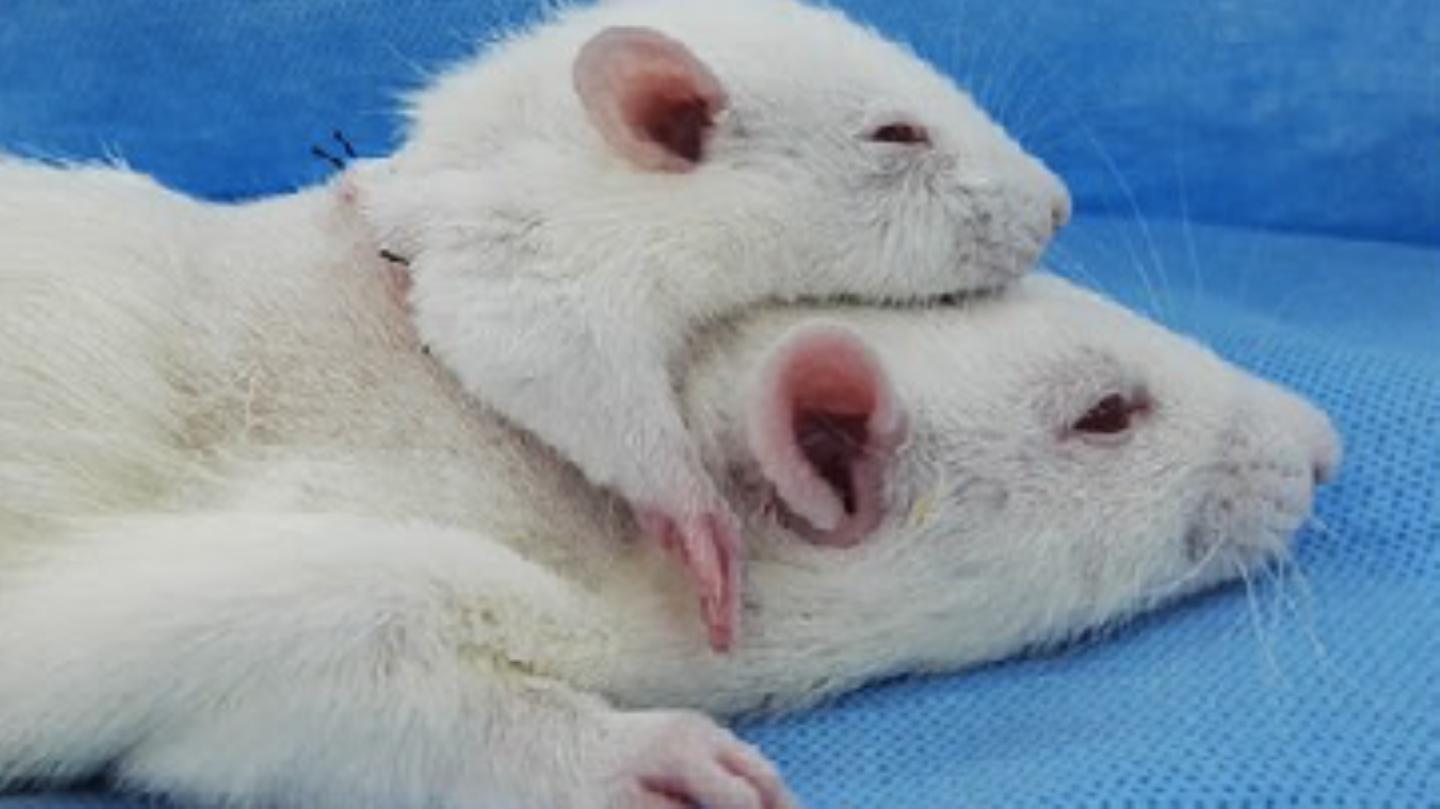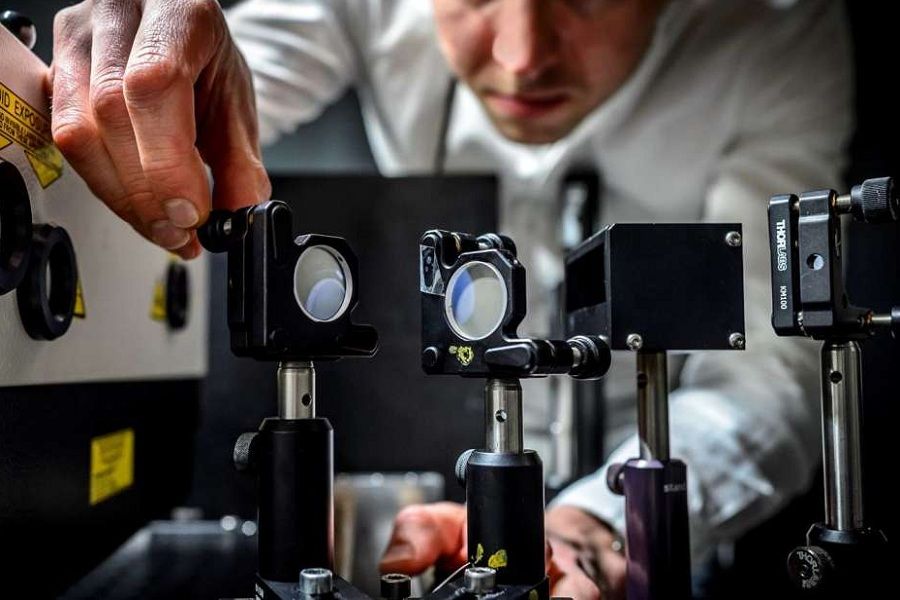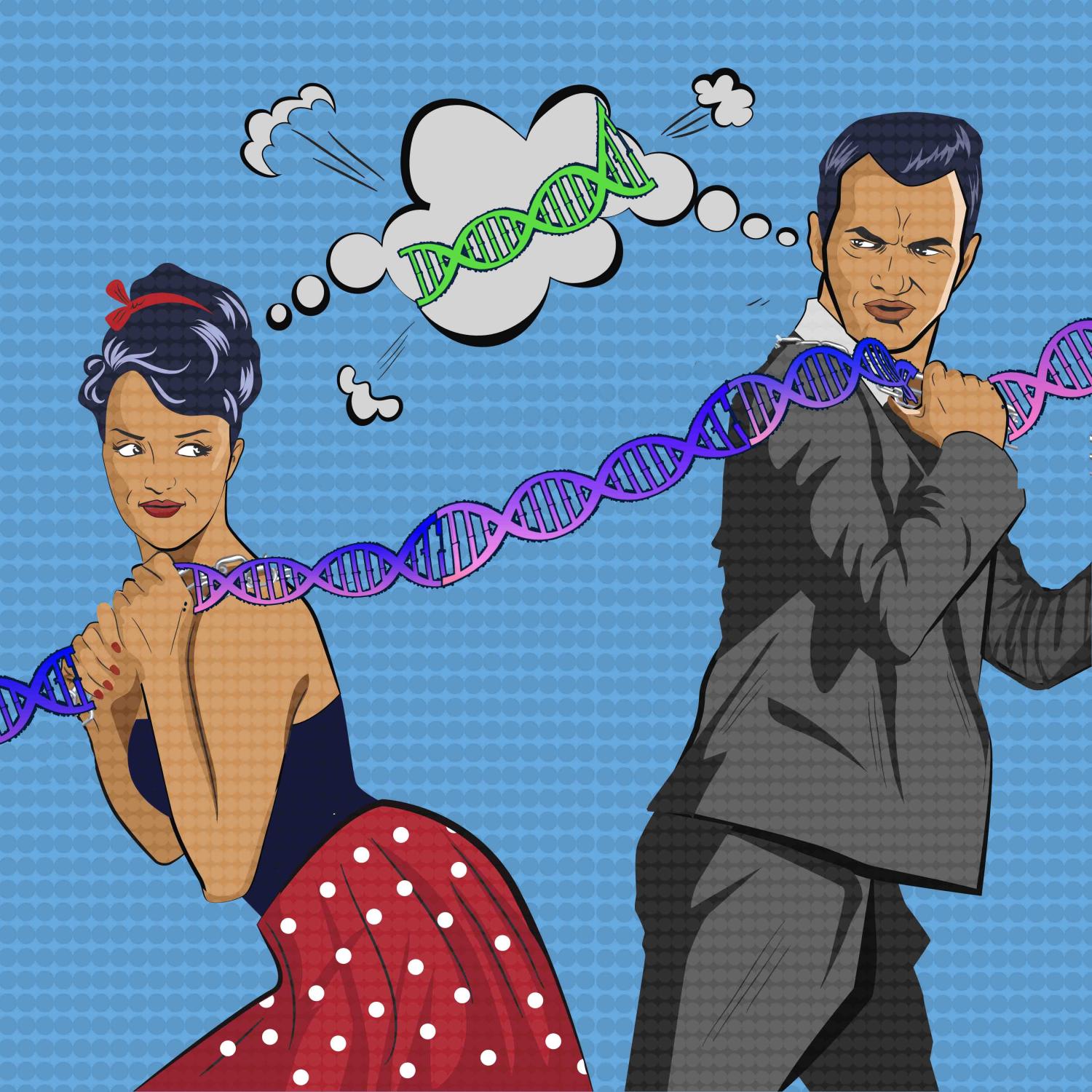Page 7881
A lunar colony seems an obvious choice for space colonization. It’s relatively close to Earth and we won’t get homesick that easily, right? You’d be surprised to learn the exact opposite. Given its atmosphere is almost non-existent, an underground facility would be in dire need. The settlement on moon should be about 4 meters or 13 feet deep. Do you still want to go there?
Maybe you should read further now and decide for yourself as nine space-age designs have finally been revealed as the winners of the Moontopia competition. Visualizing a decent life on the moon has become the main objective for many architects and designers who submitted their very own proposal to the design magazine Eleven. The competition ran from August to November 2016 and a jury of NASA designers, space-architects, academics and the editorial team at Eleven themselves selected the top nine entries these days.
May 6, 2017
New Design for the Lucas Museum of Narrative Art
Posted by Shailesh Prasad in categories: space, transportation
In January, Angelenos were elated to discover that Star Wars creator George Lucas has selected Exposition Park as the future site of his Museum of Narrative Art. An upcoming presentation to the Los Angeles City Planning Commission has unveiled new renderings for the $1-billion project, suggesting changes from the initial designs presented last year.
Slated for two city-owned parking lots on Vermont Avenue south of Exposition Boulevard, the museum would take the form of a four-story, 115-foot tall building featuring 300,000 square feet of floor area. Plans call for a vacation of 39th Street between Vermont Avenue and Bill Robertson Lane, allowing for the construction of an underground parking garage across the site featuring more than 2,400 vehicle spaces. The subterranean garage levels would be capped with 11 acres of public green space.
The design from Chinese architect Ma Yansong has evolved to beome more compact than the sinewy images last seen in January.
May 6, 2017
Scientists Just Transplanted Small Rat Heads Onto Bigger Rats
Posted by Shailesh Prasad in categories: biotech/medical, neuroscience
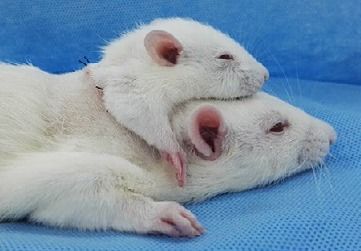 Researches successfully avoided brain-damaging blood loss while the donor head was being attached to the recipient rat.
Researches successfully avoided brain-damaging blood loss while the donor head was being attached to the recipient rat.
The world has been gifted, or maybe cursed, with the latest iteration of creepy head transplant experiments.
In a new study published in CNS Neuroscience and Therapeutics, researchers in China grafted the heads of smaller rats onto the necks of larger rats because we all know that rats with two heads are better than rats with one.
Continue reading “Scientists Just Transplanted Small Rat Heads Onto Bigger Rats” »
May 6, 2017
“Exercise in a Pill” Boosts Athletic Endurance
Posted by Shailesh Prasad in categories: biotech/medical, health
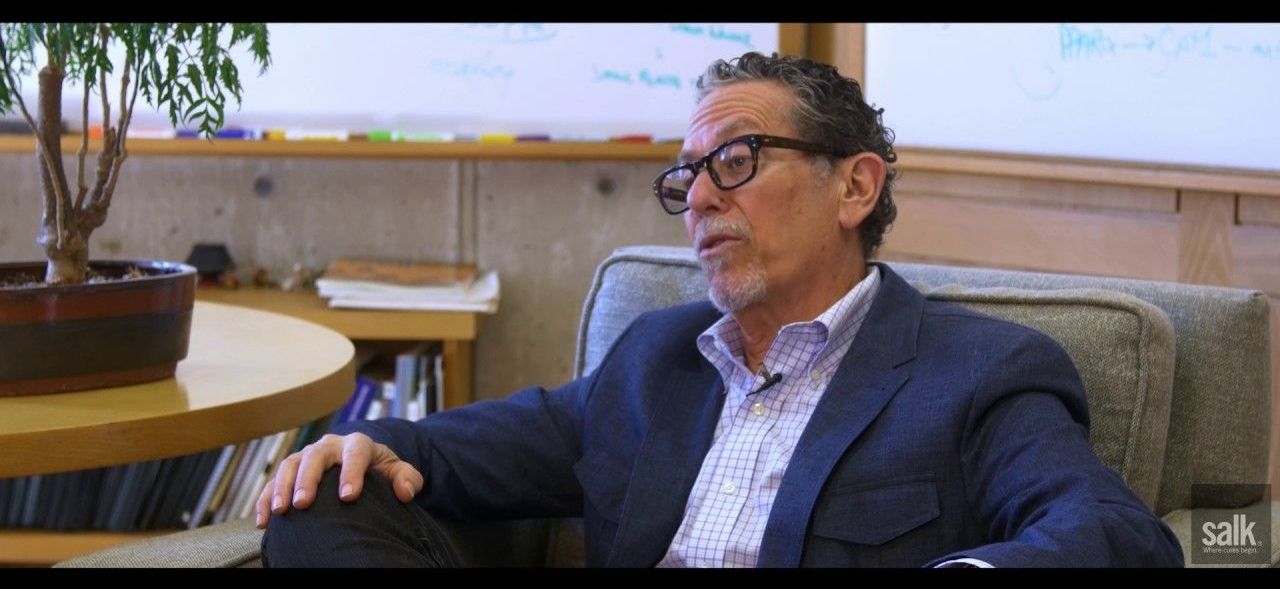
Summary: Chemical compound mimics the beneficial effects of exercise, including fat burning and increasing stamina, a new study reports.
Source: Salk Institute.
Continue reading “‘Exercise in a Pill’ Boosts Athletic Endurance” »
May 6, 2017
Bilingual speakers experience time differently to people who only speak one language, study finds
Posted by Shailesh Prasad in category: futurism
For those who can only speak one language, people who have the ability to speak multiple are often a source of fascination. What language do they think in? Can they switch mid-way through? Do they only dream in one language or both?
It turns out, these questions are not without merit as people who can speak two languages actually experience time in a different way.
A study from Lancaster University and Stockholm University, published in the Journal of Experimental Psychology, found that people who are bilingual think about time differently depending on the language context in which they are estimating the duration of events.
May 6, 2017
Kurzweil: By 2030, Nanobots Will Flow Throughout Our Bodies
Posted by Simon Waslander in categories: biological, nanotechnology, neuroscience, Ray Kurzweil, wearables
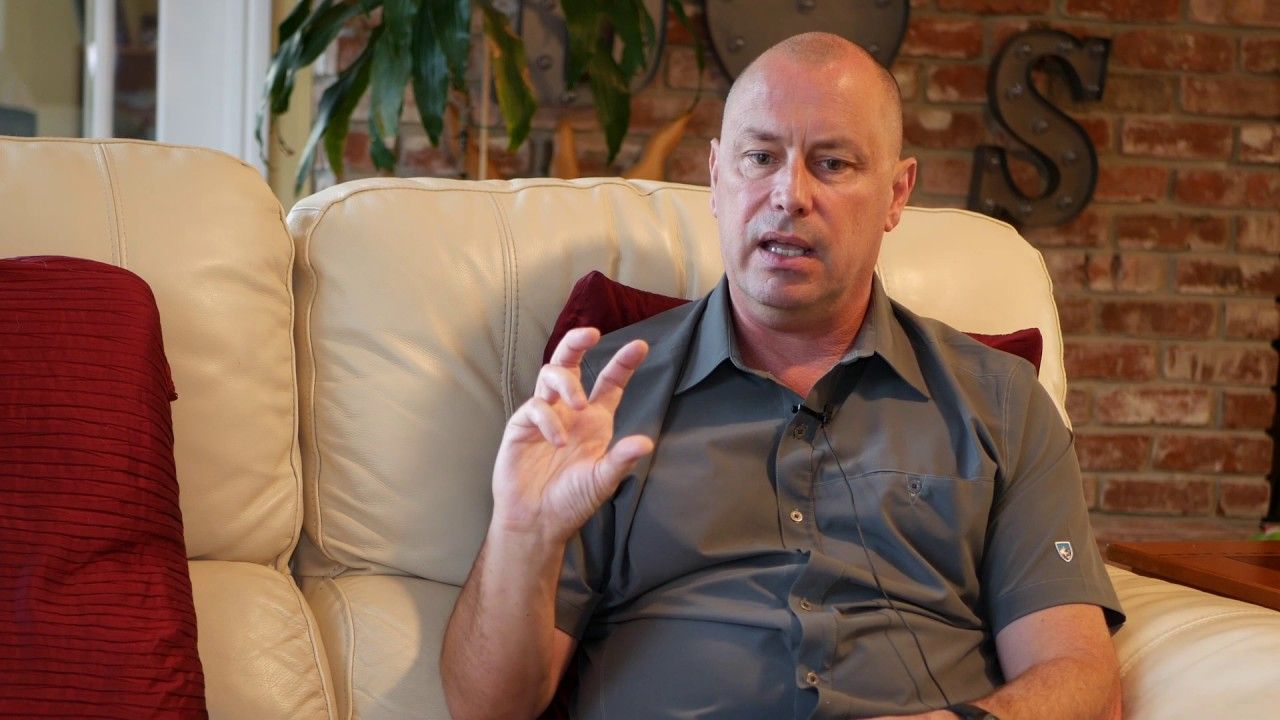
Another futurist, Dave Evans, founder and CTO of Silicon Valley stealth startup Stringify, gave his thoughts about Kurzweil’s nanobot idea in an interview with James Bedsole on February.
Evans explained that he thinks such a merging of technology and biology isn’t at all farfetched. In fact, he described three stages as to how this will occur: the wearable phase (where we are today), the embeddable phase (where we’re headed, with neural implants and such), and the replaceable phase.
Continue reading “Kurzweil: By 2030, Nanobots Will Flow Throughout Our Bodies” »
May 5, 2017
World’s Quickest Camera Can Film 5 Trillion Images In A Second
Posted by Shailesh Prasad in category: information science
Researchers invented the fastest camera in the world called Frequency Recognition Algorithm for Multiple Exposures or FRAME. This camera can capture five trillion frames per second. ( Kennet Ruona | Lund University )
Taking the art of photography a notch higher, researchers at Sweden’s Lund University developed a camera, which can capture five trillion images in a second or moments as short as 0.2 trillionths of a second.
These extraordinary capabilities of the new camera dubbed FRAME or Frequency Recognition Algorithm for Multiple Exposures, has earned it the title of the fastest camera in the world.
Continue reading “World’s Quickest Camera Can Film 5 Trillion Images In A Second” »
May 5, 2017
Researchers identify 6,500 genes that are expressed differently in men and women
Posted by Shailesh Prasad in categories: biotech/medical, evolution, genetics, sex
Men and women differ in obvious and less obvious ways—for example, in the prevalence of certain diseases or reactions to drugs. How are these connected to one’s sex? Weizmann Institute of Science researchers recently uncovered thousands of human genes that are expressed—copied out to make proteins—differently in the two sexes. Their findings showed that harmful mutations in these particular genes tend to accumulate in the population in relatively high frequencies, and the study explains why. The detailed map of these genes, reported in BMC Biology, provides evidence that males and females undergo a sort of separate, but interconnected evolution.
Several years ago, Prof. Shmuel Pietrokovski and Dr. Moran Gershoni of the Weizmann Institute’s Molecular Genetics Department asked why the prevalence of certain human diseases is common. Specifically, about 15% of couples trying to conceive are defined as infertile, which suggested that mutations that impair fertility are relatively widespread. This seems paradoxical: Common sense says that these mutations, which directly affect the survival of the species by reducing the number of offspring, should have been quickly weeded out by natural selection. Pietrokovski and Gershoni showed that mutations in genes specific to sperm formation persist precisely because the genes are expressed only in men. A mutation that is problematic for only half the population, no matter how detrimental, is freely passed on to the next generation by the other half.
In the present study, the researchers expanded their analyses to include genes that, though not necessary for fertility, are still expressed differently in the two sexes. To identify these genes, the scientists turned to the GTEx project—a very large study of human gene expression recorded for numerous organs and tissues in the bodies of close to 550 adult donors. That project enabled, for the first time, the comprehensive mapping of the human sex-differential genetic architecture.



